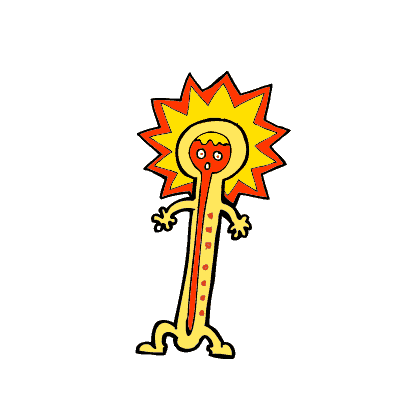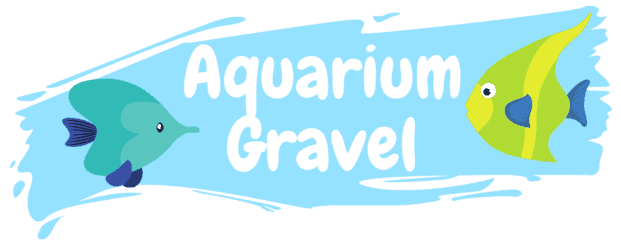Last Updated on September 23, 2022 by cmoarz
So your fish is staying at the top of the tank and you are not sure what to do.
In this article, I will talk about the reasons why your fish may be doing this and what to do about it.
I will also explain each problem, talk briefly about how common it is, and give you some helpful tips on how to deal with the issue.

We’ll start from the top and work our way down:
Fish staying at top of tank what to do
Table of Contents
Fish swimming at the top of the tank isn’t an uncommon problem to have. Sometimes, it’s a perfectly normal expected behavior based on the species of fish you have. Sometimes it’s not.
This article assumes you’ve already done your due diligence by looking up the type of fish you have a problem with and figuring out if it’s just natural behavior. So we will only go into the things you should be worried about, How to diagnose the issue and how to solve the problem.


Dissolved Oxygen Issues and Signs Of Low Oxygen Levels
- Labored breathing
- Constantly coming up for breath
- Gasping for breath
- Wide-open mouth at the surface of the water
- Always staying at the top sticking its head out of the water constantly
- Other fish have died
- Adult fish seem more affected than fry
- All the fish in the tank are showing abnormal behavior.
- Some fish show normal behavior, Mostly fish like bettas or corydoras, but other fish’s behavior is that of what’s listed above, with top tank gasping.
- Fish won’t go to the bottom when they normally do and prefer to hang out in the middle or upper regions of the tank,
- Other factors
This is one of the most common reasons why your fish will swim at the top of the tank. If there isn’t enough dissolved oxygen or if the fresh oxygen levels in your tank are too low, you’ll notice that your fish will be at the surface a lot more frequently than normal.
Poorly oxygenated water or too many fish in the tank with not enough fresh oxygen coming into the water from an air stone or turbulent filter can easily cause dead fish, fish gasp, and fish to hang out at the surface area of the tank trying to breathe.
If your tank is low in oxygen, this can also be easily fixed by getting an air pump, tubing, and an airline airstone. Place the airstone in one corner of the tank where you want to add more oxygen and run the tube so that it is cleverly hidden behind some decor or driftwood.
An air pump should be run 24/7 to be sure enough oxygen is reaching the tank. If you have a very large tank, you may need more than 1 airstone to get enough oxygen dissolved into the water.
You should also consider adding live plants. Live plants will give off oxygen and prevent low oxygen levels from happening if you’ve got enough of them.


Water Temperature
Check your water temperatures. Every aquarium should be equipped with a thermometer to monitor the water temperature.
Temp’s can fluctuate quickly depending on the ambient temperature of the room. Cold water = more oxygen, and warm water = less oxygen.
The temperatures should also match the species of fish in the tank. Be sure to keep seasonality in mind and try to keep the room at a steady ambient temperature, or install an automated heater.

Water Parameters
Poor water quality may also be a reason for fish to hang on the surface.
Water can be crystal clear but also poisonous, and ammonia generated by fish and nitrites, a by-product, are potentially fatal at any concentration above zero. Always check pH levels as well.
Test the water for ammonia and nitrites using test kits, or install a Seneye monitoring device to notify you if ammonia is present.
If ammonia is present you will need to revisit your tank cycle and be sure to do a none chlorinated water change.
Examine the aquarium as a whole and consider why ammonia was present. Was it because of a new tank that had been poorly prepared, or simply because there were too many fish in it? Did it have enough time to fully cycle? Consider adding some API quick start into the water and filter to help it along.
Has the filter gone off owing to a power outage?
Is something obstructing the filter? Or did you just replace the old media with fresh, eliminating all of the helpful bacteria in the process?
Do not use chlorinated water. Be sure all chlorine has been removed with a dechlorinator/water conditioner.
If your water has chloramine instead of chlorine, Be sure to buy the appropriate conditioner or chloramine filtered water. You can buy a filter specially designed to give filtered water without chloramine, although it’s expensive unless you have large setups or many tanks.
Conditioners are often cheaper and easier to use. Just be sure to get the right one for your water.
Until your tank is fully cycled, it’s important to test every day. Test consistently and often.

Other factors worth mentioning
- Low lighting. Low lighting can cause issues for some fish varieties.
- Loud noises can sometimes startle fish. If your filter is too loud, some fish varieties may be skittish and chill at the surface (or at the bottom hiding).
- They’re simply waiting to be given food. If they don’t show any signs above, It could be they are just hungry and want you to give them some food. It’s normal to come to the surface for food if that’s how you feed them.
- More fish than the tank can handle, and it’s become overcrowded. Even if oxygen isn’t an issue, overcrowding with more fish than the tank is comfortable with may push fish to the surface. Avoid an overstocked aquarium.
- New fish might be bullying old fish. If that’s the case, Either the new fish or the old fish may try to escape by being at the top of the water column (or the bottom).
- Disease. A fish may have a disease that makes it struggle to swim or breathe, and eventually forces it to float at the surface. If a fish struggles inspect for visible signs of injury or disease. Things like extra mucus production, burns or open wounds, Bloat, etc.
Conclusion
When in doubt, Add oxygen, Do a partial water change or a full water change. Keep an eye on the temperature, and be sure to have something to monitor temperature all the time.
Check for illness and water quality, ammonia, pH levels for your fish species, check for ammonia burns on gills, and watch out for gasping to breathe which indicates more oxygen is needed.
Buy a heater if the temperature is too cold, Use ice cubes and set up aquarium fans if the temperature is getting too hot (be careful not to shock your fish), and always keep an eye out for temperature changes.
Don’t overfeed, buy a good filter media to quickly cycle your tank without having to use chemicals, do frequent partial water changes, and always watch the ammonia levels in the water.
About
Owner of AquariumGravel.com and also owner of actual Aquarium Gravel believe it or not! ;). Setting up beautiful aquarium sceneries and habitats since I was very young. Enjoy!
- Web |
- More Posts(290)

